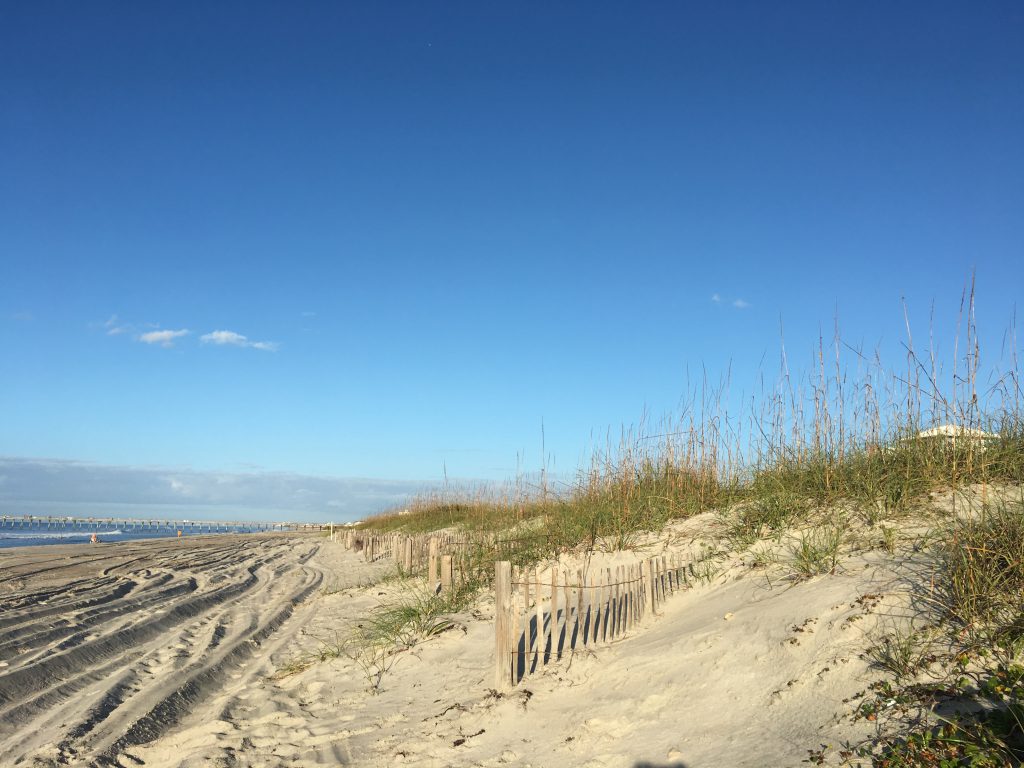NOAA’s National Centers for Coastal Ocean Science (NCCOS) is allocating over $2.2M in Fiscal Year 2020 to fund coastal resilience research across the nation. Approximately $589K will cover the first year of two new projects, and $1.6M will go to projects already in progress. Funded under NCCOS’ Effects of Sea Level Rise (ESLR) Program, these projects will investigate the ability of natural coastal habitats and partially engineered or restored habitats to reduce the impacts of sea level rise and flooding and improve the resilience of their communities.
Coastal communities and the surrounding ecosystems are threatened by rising seas and coastal flooding that alters shorelines making people, homes and businesses more vulnerable to coastal storms. Rising sea levels can also change how ecosystems work, especially when combined with inundation from tides and storms. With increasing threats to our coasts, enhancing resilience to sea level rise and flooding has become a national priority.
Expected outcomes from these projects include guidance on the value and effectiveness of coastal restoration efforts, the ability of natural and nature-based features (NNBF) to provide flood and habitat protection, increased accuracy in predictions of SLR enhanced storm surge, wave run-up, and nuisance flooding vulnerability, and enhanced coastal resource sustainability through improved management plans and conservation.
The two new projects will begin in Florida and the Gulf of Mexico. Eight continuing projects are located in California, Florida, Chesapeake Bay, North Carolina and the Pacific Northwest.

New Awards:
- U.S. Geological Survey, Louisiana State University, and University of Georgia received $278,071 to advance coastal dune and marsh modeling of the barrier islands, estuary and interior marshes in the Mississippi Sound to evaluate tradeoffs between potential coastal management strategies and proposed restoration efforts in the region. Learn more.
- University of North Carolina (Chapel Hill), U.S. Army Corps of Engineers, and EA Engineering received $311,369 to develop a framework and process for matching dredging needs with opportunities for beneficial use of the sediment at local marshes, to help marshes keep up with sea level rise, allowing marshes to continue to deliver ecosystem services to their region. The project will focus on marshes in both Beaufort (NC) and Jacksonville (FL). Learn more.
Continuing Awards:
- George Mason University, Maryland Department of Natural Resources and The Nature Conservancy received $247,877 to enhance models that quantify the benefits of natural and nature-based features in Chesapeake Bay to inform management and conservation under future sea level rise scenarios.
- University of Wyoming, Point Blue Conservation Science, University of Texas Arlington and U.S. Geological Survey received $249,902 to develop a model that will compare the effectiveness of natural and nature-based features in providing shoreline protection in California.
- Oregon State University received $248,267 to optimize the ecosystem services of U.S. Pacific Northwest coastal beaches and dunes.
- College of William & Mary/Virginia Institute of Marine Science, U.S. Army Corps of Engineers and Virginia Commonwealth University received $234,629 to assess the ecological history of dunes in coastal protection from storms and sea level rise.
- University of Florida, Florida Gulf Coast University, South Florida Water Management District, U.S. Geological Survey, University of Miami, U.S. Army Corps of Engineers, and Rada Engineering, Inc. received $250,000 to develop a coupled coastal and inland flooding model and a dynamic mangrove vegetation model to assess the role of mangroves in enhancing coastal resilience.
- Oregon State University received $249,686 to document the environmental and economic benefits provided by tidal wetlands in the Pacific Northwest, and predict the impact of sea level rise on those benefits.
- Mississippi State University, Mississippi-Alabama Sea Grant, and NOAA Sentinel Site received $49,973 to enhance models that evaluate the ecological and economic value of nature based features to mitigate surge and nuisance flooding.
- California State Coastal Conservancy received $48,208 to investigate the effects of sea level rise on estuarine systems of southern California.
The overall goal of ESLR is to facilitate informed adaptation planning and coastal management decisions through a multidisciplinary research program. Resulting products could be integrated models and tools of dynamic physical and biological processes capable of evaluating vulnerability and resilience under multiple sea level rise, inundation, and management scenarios. These awards contribute to a larger NOAA effort to provide science to inform decisions, conserve priority ecosystems, and advance the use of natural based infrastructure to mitigate the effects of coastal hazards.
